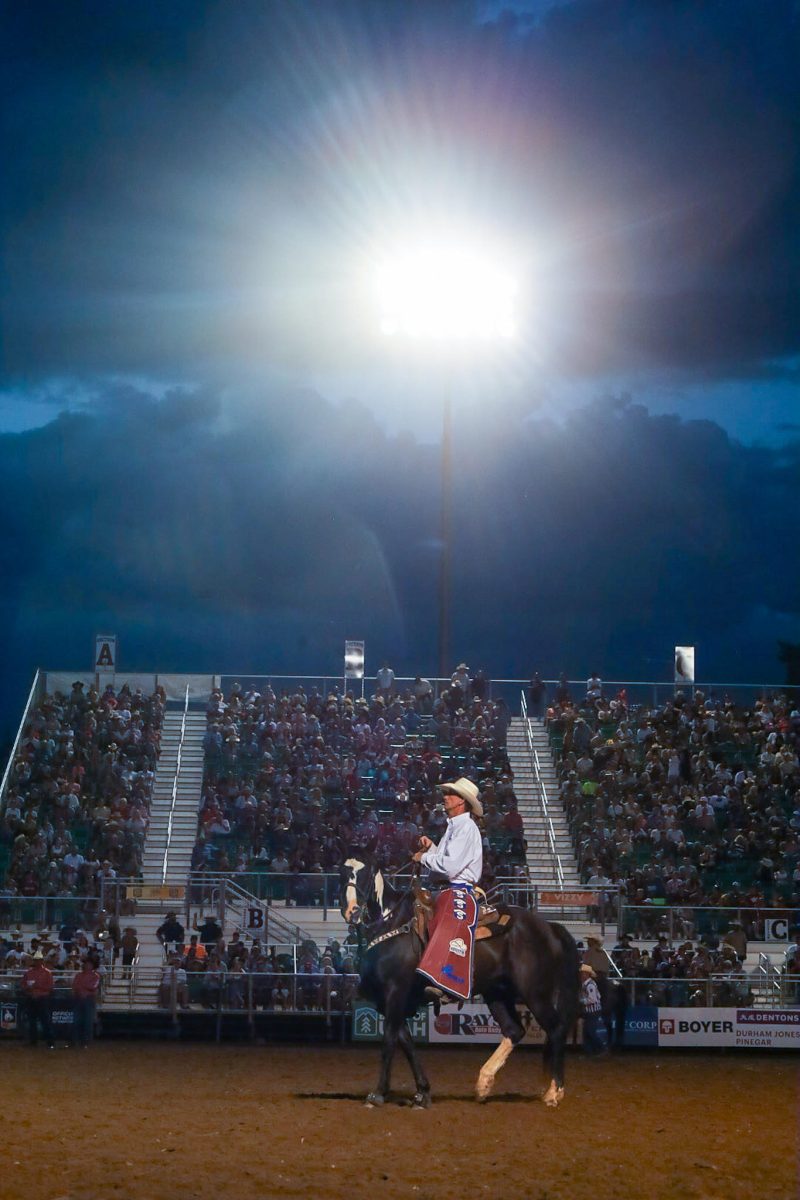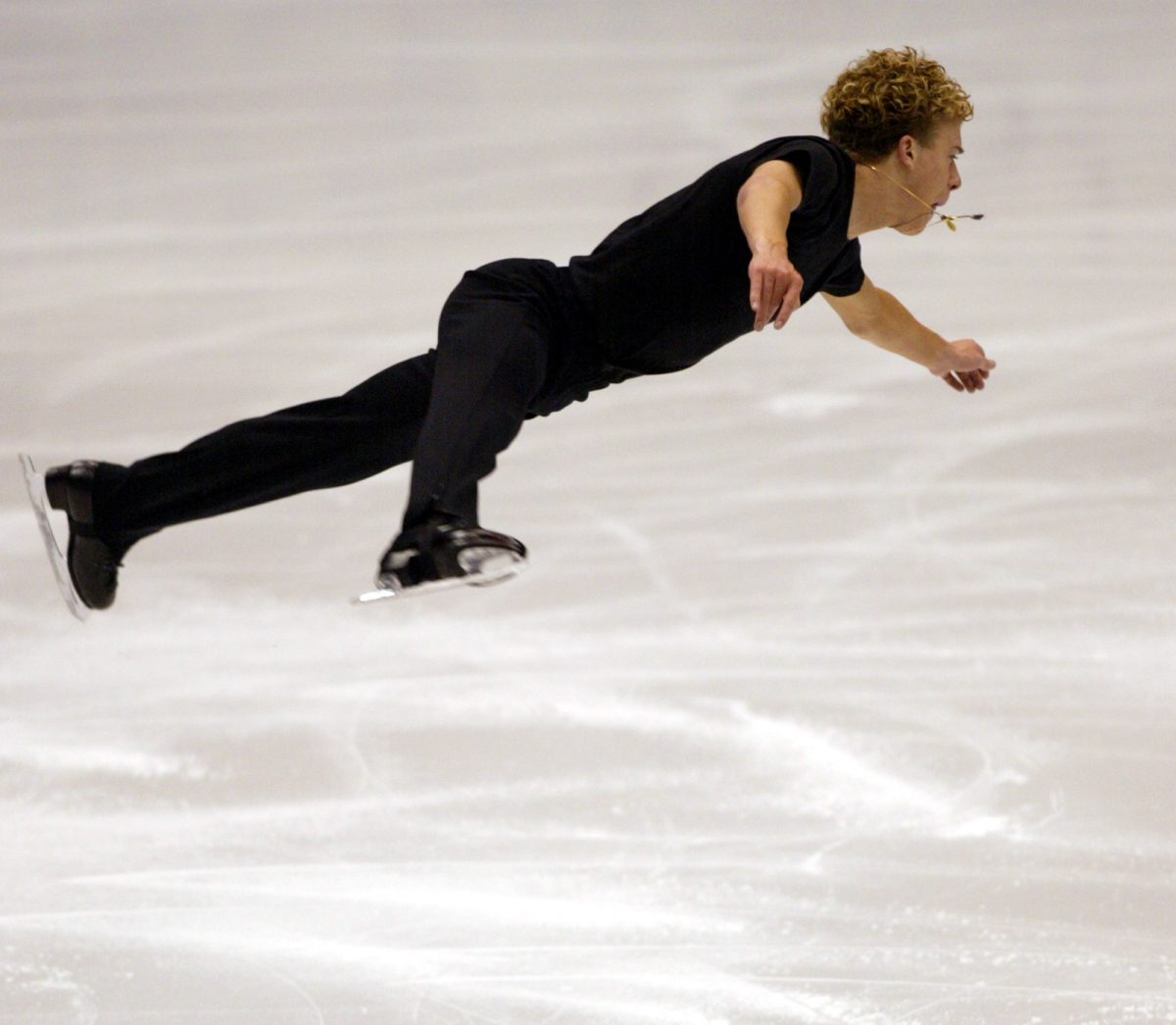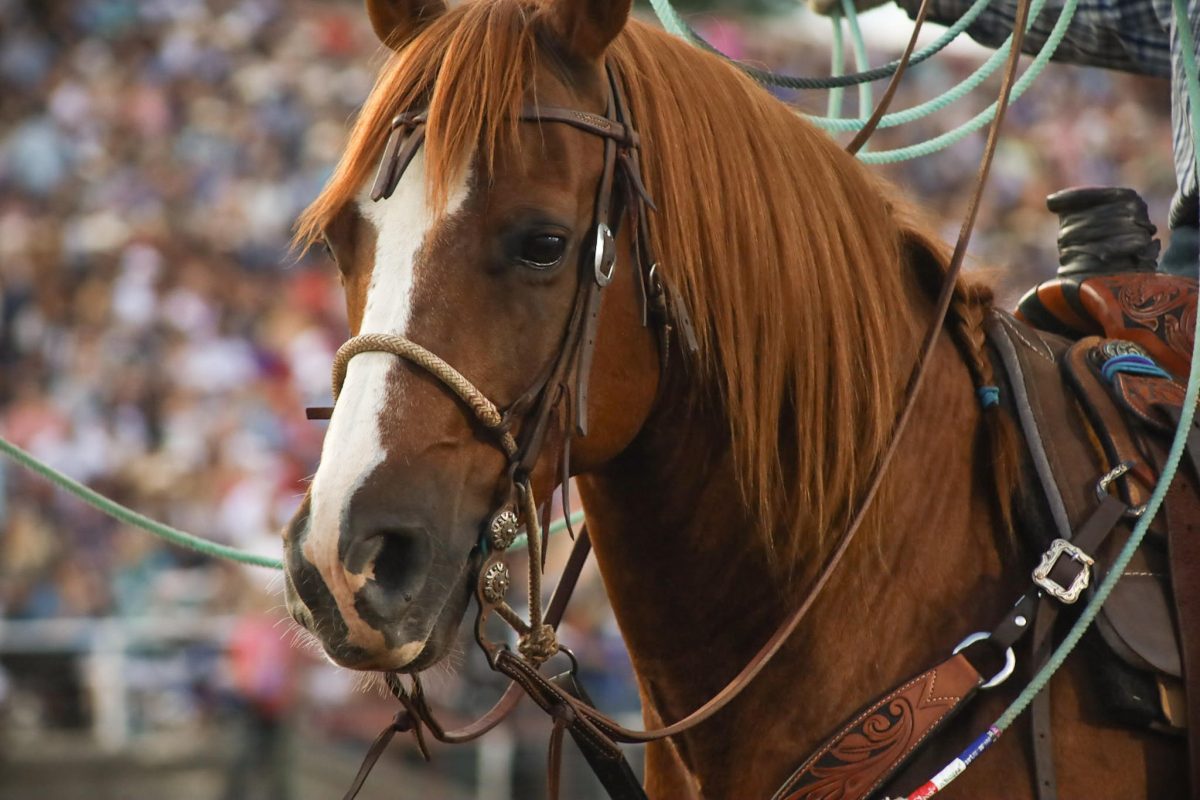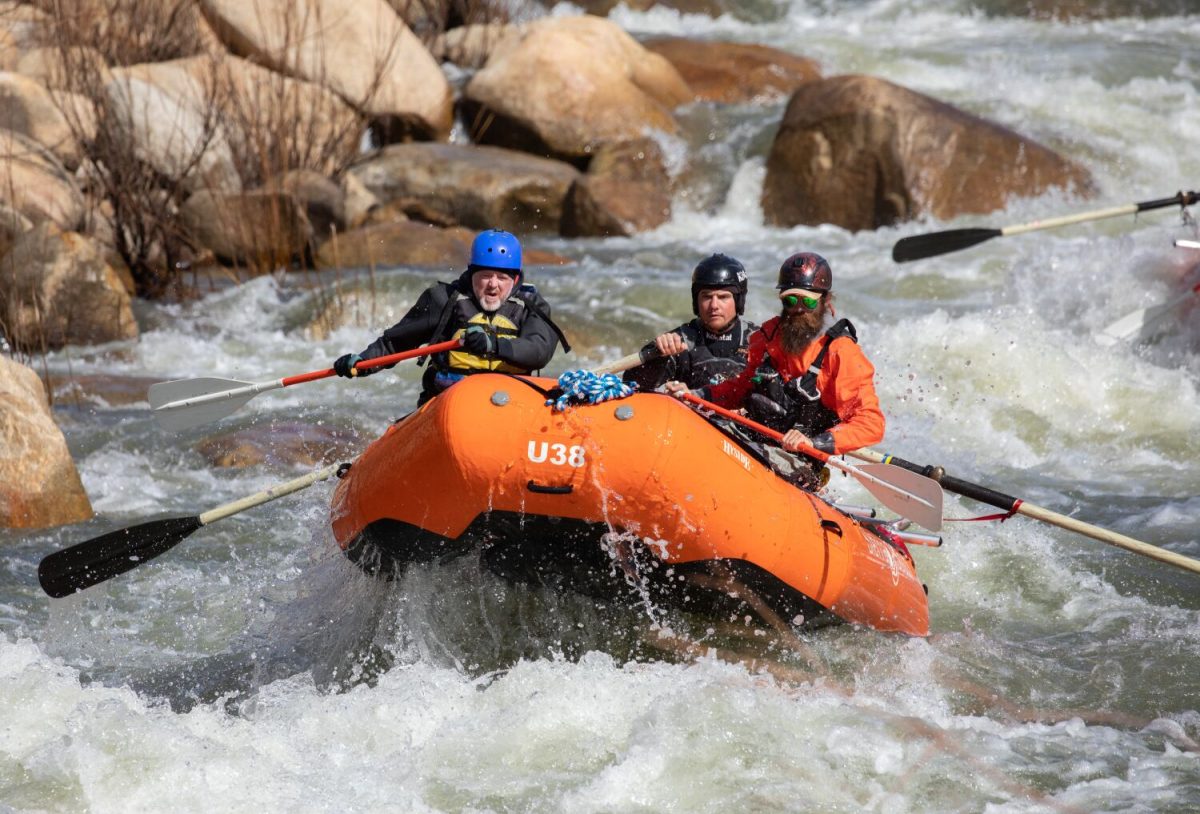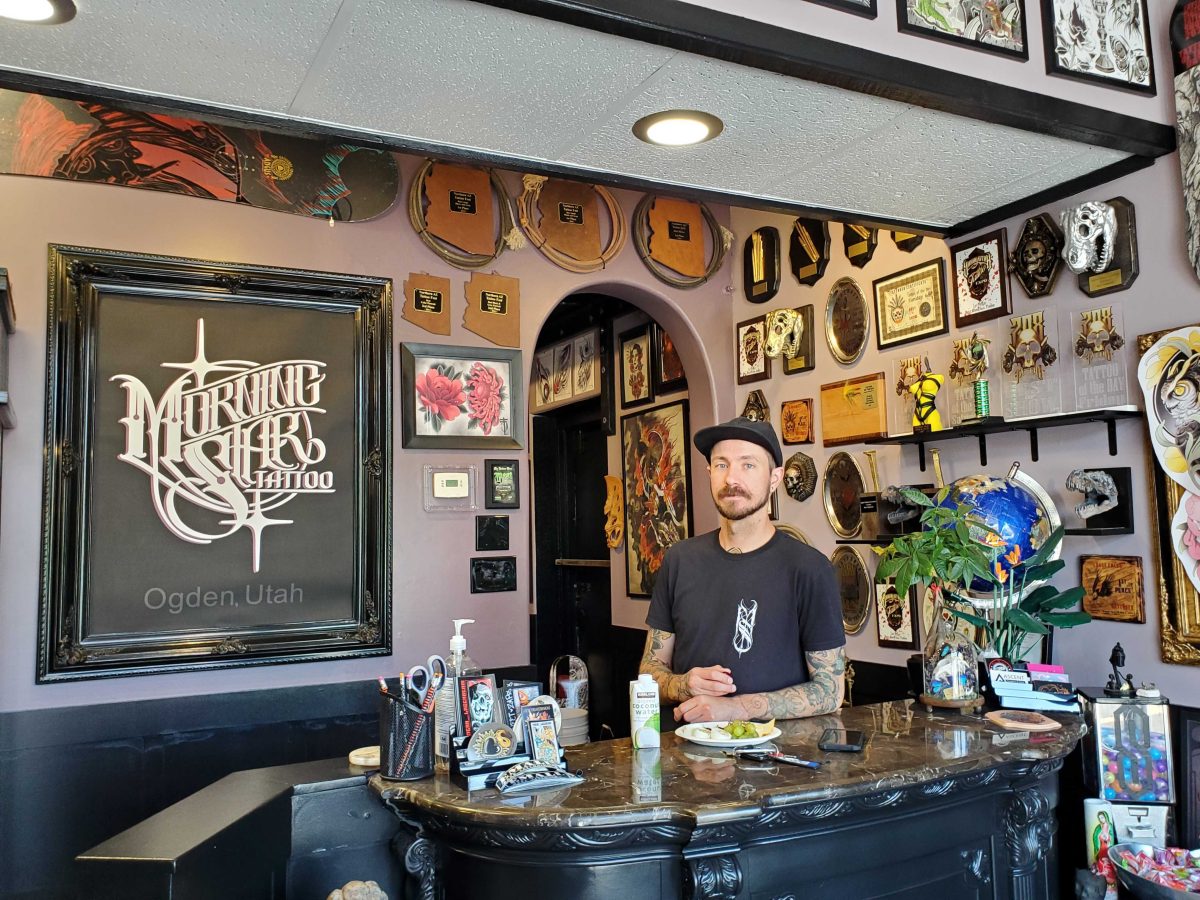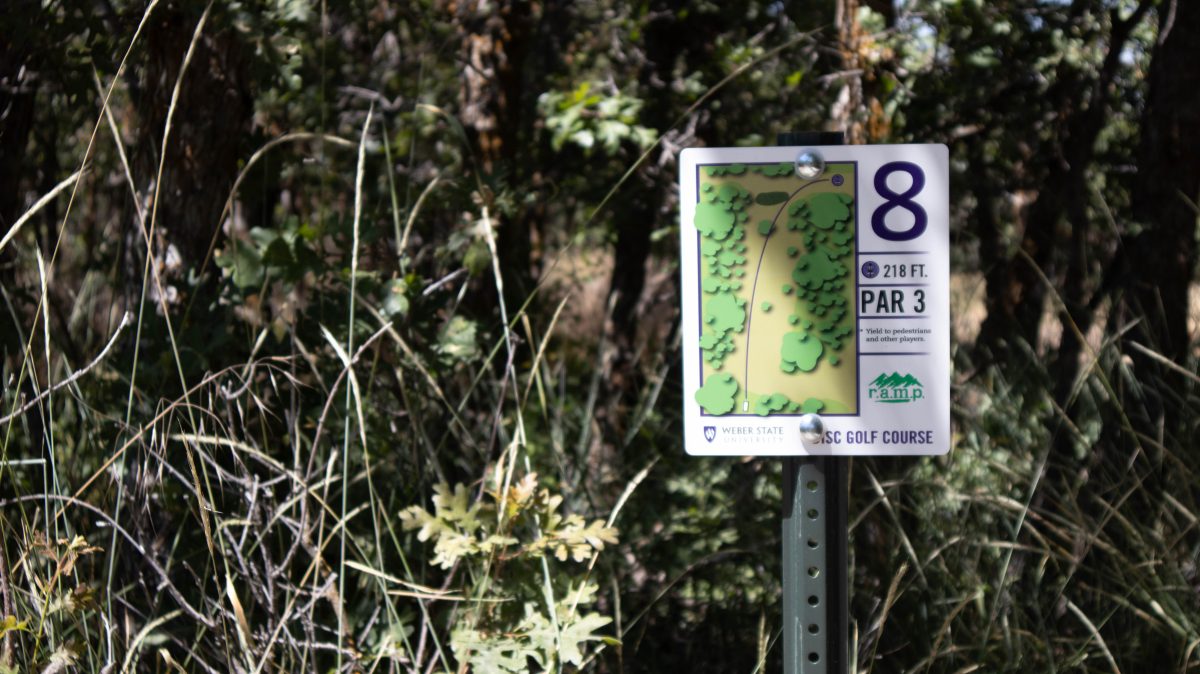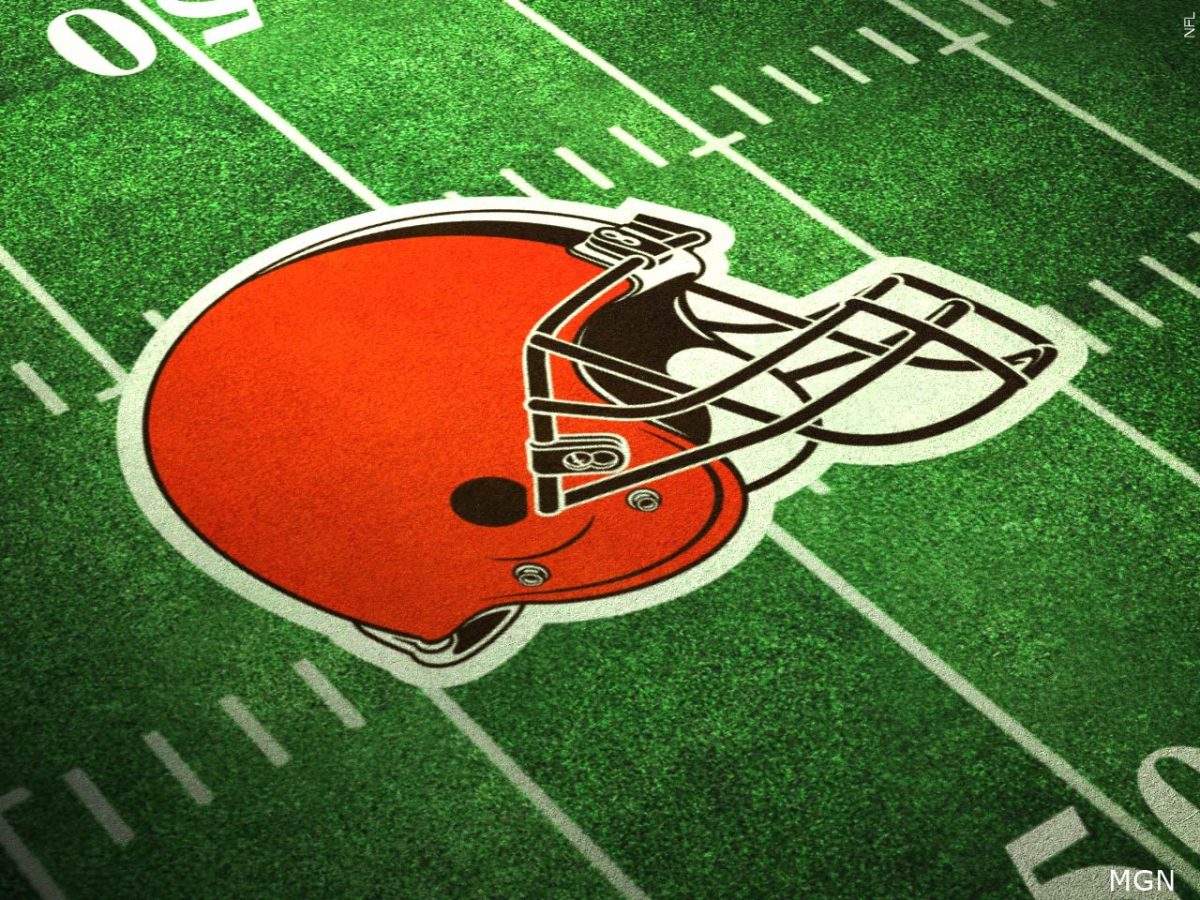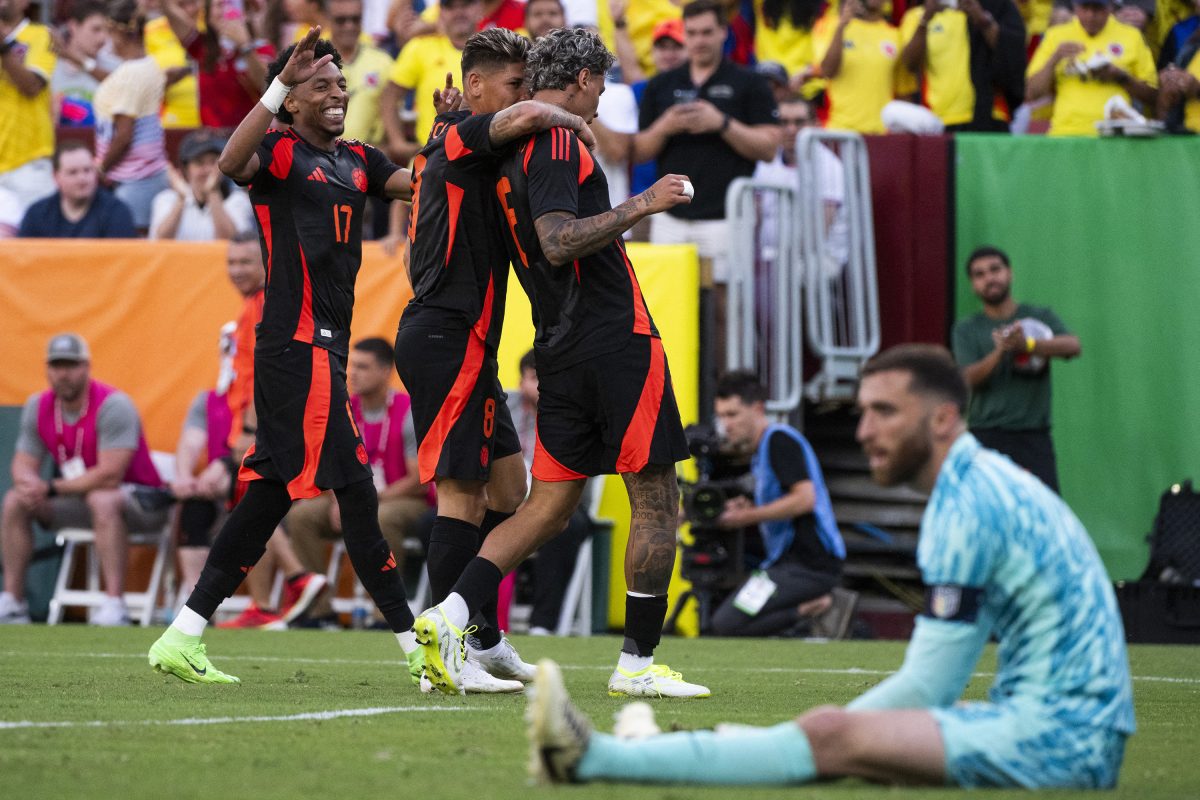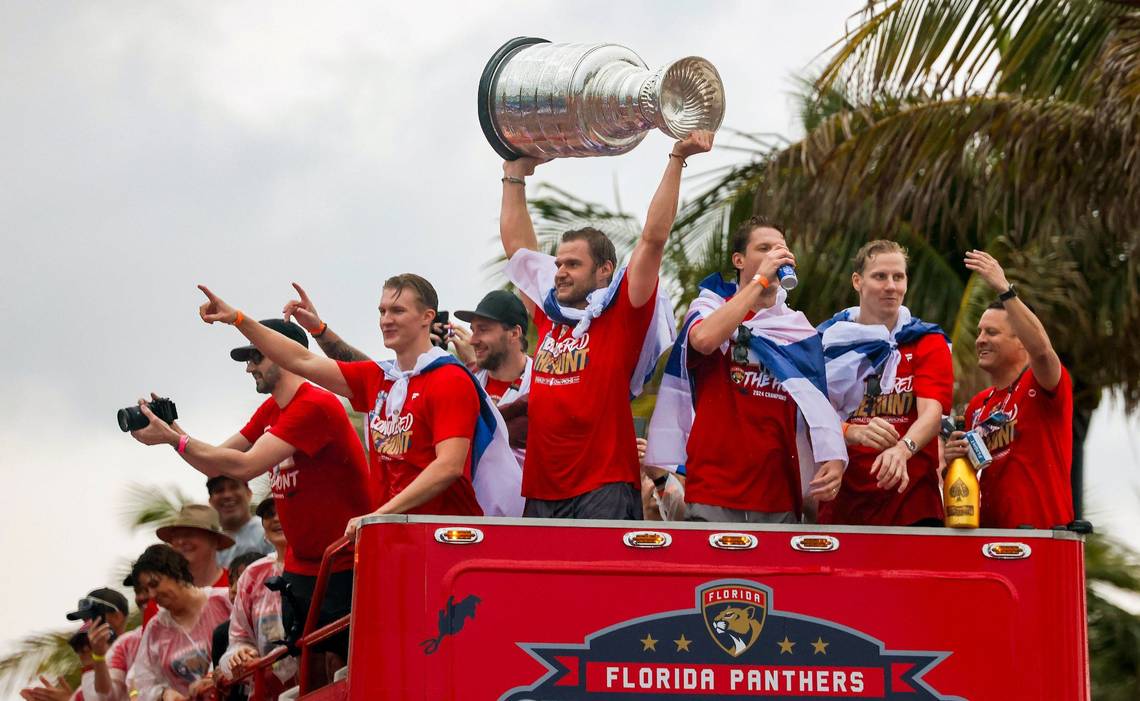
Whoever still thinks that rodeo is just a pastime for bored cattle ranchers may be surprised to learn just how competitive rodeo participants get, especially in the western United States.
The reason behind that competitiveness is simple: a lot of money is involved in the sport. And then, of course, there’s honor.
All of that will be on display in Ogden this week when the Pioneer Days Rodeo kicks off Monday at the Golden Spike Arena. The Professional Rodeo Cowboys Association event starts at 7:30 p.m. Monday through Friday, preceded each day by Miss Rodeo events earlier in the day and the pre-rodeo at 6:30 p.m.
While rodeo competitions were first introduced in 1872, they maintained their influence almost exclusively among competing cowboys for the first few decades. It wasn’t until the early 1900s that these events began drawing larger, non-farming crowds.
Today, rodeos have emerged as events for the masses in many areas of the western United States and Canada. Rodeo is even recognized as the official state sport in Texas, South Dakota and Wyoming.
Besides thousands of smaller rodeos that take place mostly during the summer months, there is an event series for professional athletes that is held each year, culminating each September in Las Vegas at the official world championship where tens of millions of dollars in prizes are poured out annually during the most important competitions.
Most rodeo events draw their origins back to cattle ranchers practicing the skills they needed to make a living in their profession. Therefore, farm animals take center stage in rodeos.
Generally, there are two main types of events at professional rodeos: roping events and rough stock competitions.
One of the more widespread types of roping events is the calf roping competition. Based on essential ranching skills, a cowboy riding a horse attempts to catch a calf with a lariat.
Once the calf is caught, the cowboy steps off his horse and runs to the calf, tying three of the four legs of the calf together with a rope. The fastest competitor to tie up the calf wins the event.
A similar event, team roping, is also fairly common. Two cowboys work together to rope and catch a bull by his horns and legs.
Along with roping events, the rough stock competitions are among the more popular rodeo events.
A cowboy sits on a bull or a horse as the animal is released from a cage and let free into the arena. The animal immediately begins to rage and tries to buck off the rider.
It is uncommon for even the best cowboys to stay on top of their bull or horse for more than a few seconds. In addition to falling, bull riding poses the additional risk that an out-of-control bull may attack the fallen rider with its horns, making it one of the most dangerous rodeo events.
Other events, such as barrel racing or goat tying, are also common at rodeos but serve mostly crowd entertainment purposes and carry less financial merit than the main events. Also, they are practiced mostly by women and children.
While rodeos remain popular with many, the involvement and often rough treatment of farm animals has frequently been criticized by animal rights organizations.
For example, the American Society for the Prevention of Cruelty to Animals released a statement, saying that some rodeo events ” do not promote humane care and respect for animals.” However, ASPCA and most comparable organizations don’t discourage rodeos in general.




